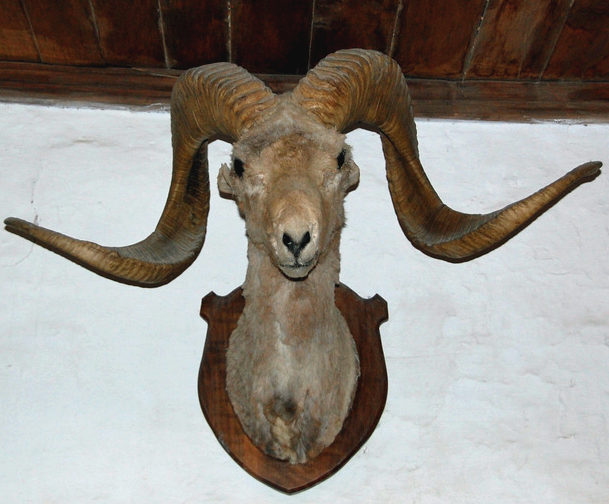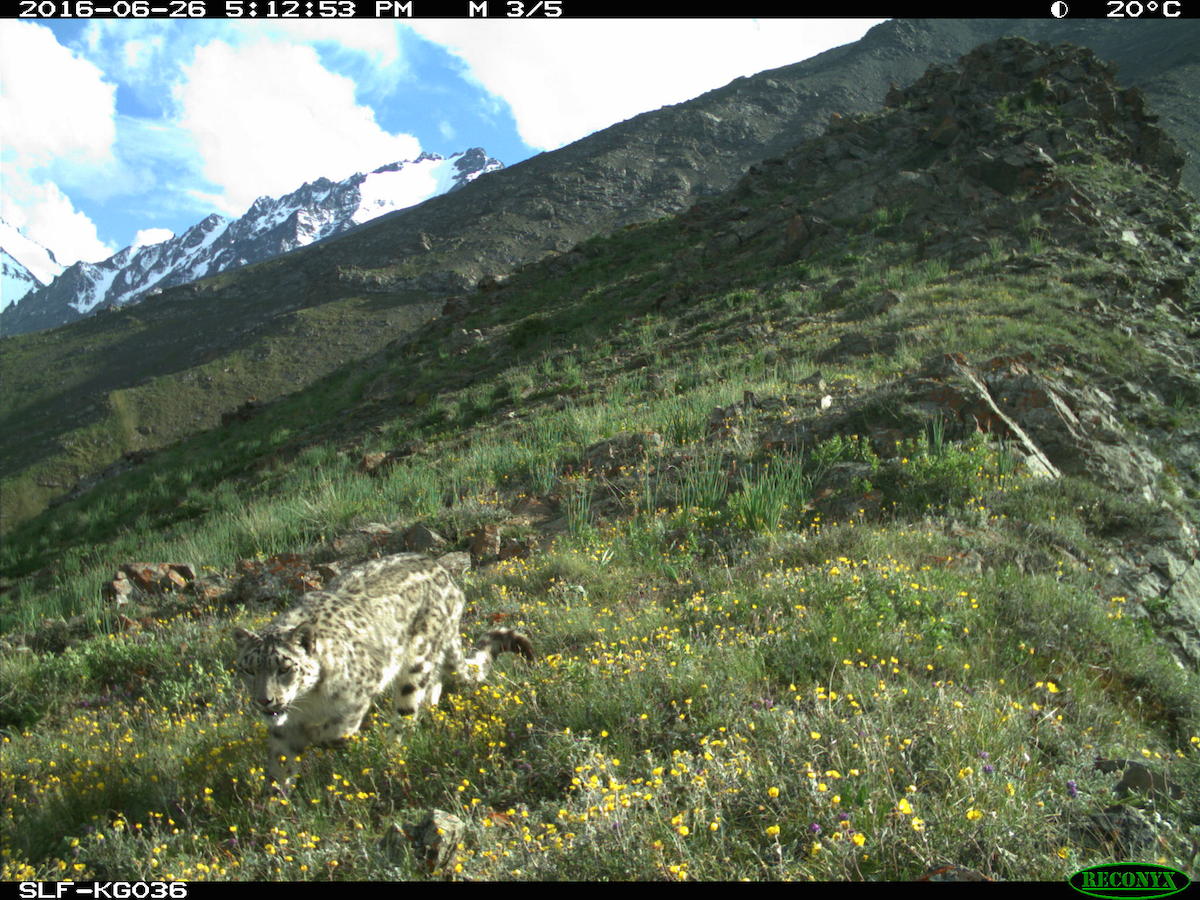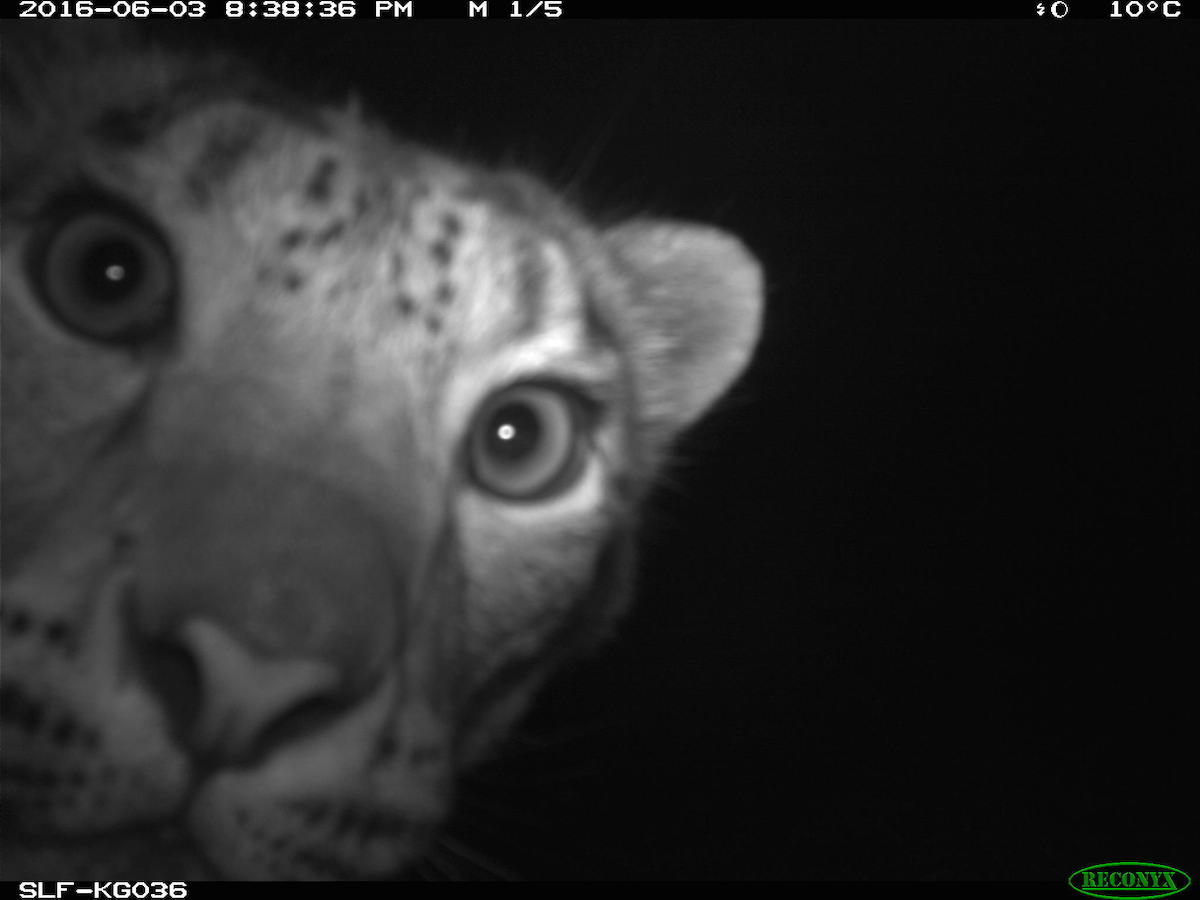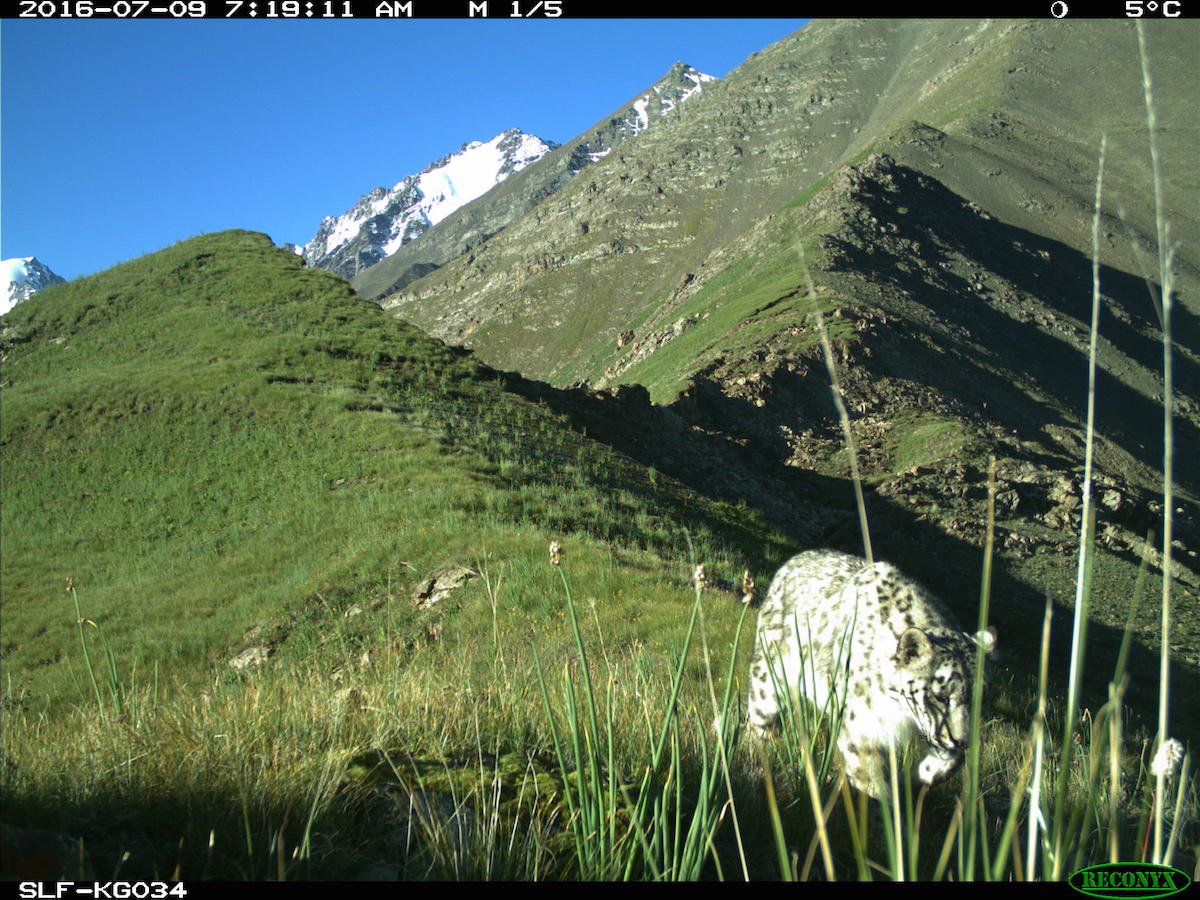- The mountains of Kyrgyzstan provide important connective habitat for endangered snow leopards.
- Government-supported hunting of Marco Polo sheep and Siberian ibex is being blamed for depleting the food supply of snow leopards and driving their numbers down.
- Ecologists say more animals are being hunted than can naturally reproduce, while government representatives contend the harvest is sustainable.
- A bill that would have banned hunting until 2030 was narrowly defeated earlier this year.
Update: Since the publication of this story, the IUCN has downgraded the conservation status of snow leopards from Endangered to Vulnerable.
We are also interested in hearing informed arguments in favor of trophy hunting in Kyrgyzstan. If you’re interested in participating in this discussion, feel free to send us a note via this form about how you think the industry is benefitting conservation in the country. Please include any credentials you may have, as well as your information sources.
BOKONBAYEVO, Kyrgyzstan – Kyrgyz folklore is laden with stories that warn its adherents against the over-hunting of animals. In one foreboding tale, Kodzhodzash, the leader of the Ak-Bars tribe, brutally ignores the wish of a female ibex, shooting dead her child and her mate. “May your father cry over you as I cry over my murdered children and for the loss of my kind,” the ibex curses, before luring the hunter to his death.
Despite these admonitions, trophy hunting has become a lucrative industry in Kyrgyzstan, drawing tourists from across the world with its low prices and lax hunting laws. Until last year, a license to kill Kyrgyzstan’s most prized trophy, a Marco Polo sheep, was $3,600 while a Siberian ibex could be shot for just $500. The fees have almost doubled in the last year, yet remain regionally and globally competitive.
Both the Marco Polo sheep, a subspecies of the argali (Ovis ammon), and the Siberian ibex (Capra sibrica) can be found on the International Union for the Conservation of Nature (IUCN) Red List, with the former listed as Near Threatened. The existing law in Kyrgyzstan does not prohibit the hunting of rare, threatened or endangered species. Instead, it states that animals listed in the Red Book of Kyrgyzstan, including the Marco Polo sheep, can be pursued by those in possession of a special license.
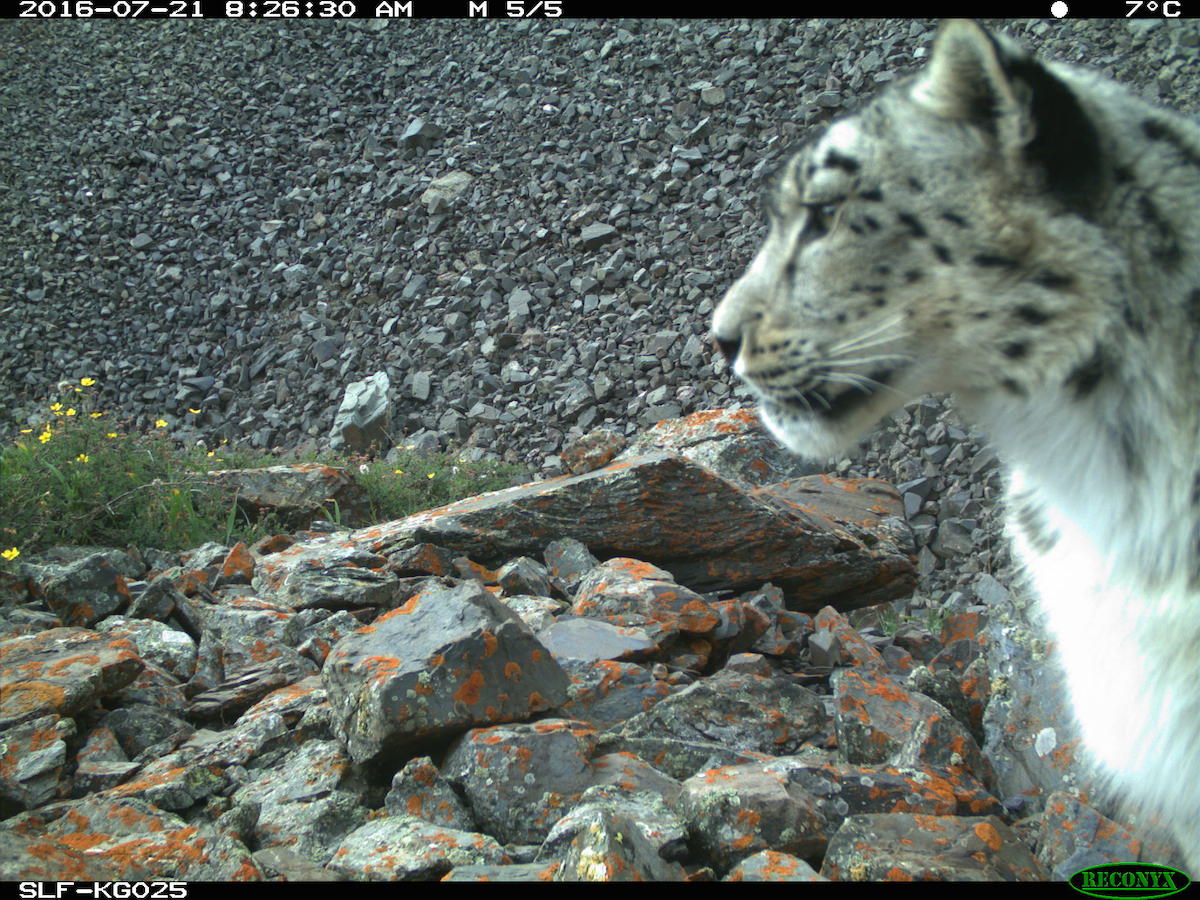

Argali numbers have suffered accordingly, alongside those of its predator – the endangered snow leopard (Panthera uncial). The population of this high-altitude predator has been in rapid decline over the last 20 years, with between 4,000 and 7,000 thought to remain as of the last census in 2003. According to the IUCN, major threats to the snow leopard include the overhunting of its prey – ungulates like the Marco Polo sheep and ibex – and the rapid loss of its habitat.
Scientists say preserving Kyrgyzstan’s snow leopard territory is key to the survival of the species as the country’s Tien Shan mountain range serves as a corridor between the northern snow leopard populations in Russia, Mongolia and Kazakhstan, and the more southerly groups in the Karakoram and Hindu Kush.
Yet despite its strategic location, 6 percent of the country has been given protected status by the government while 70 percent is classified as a hunting concession. As a result, local ecologists estimate that half of the country’s ecosystems have been affected over the last 25 years.




